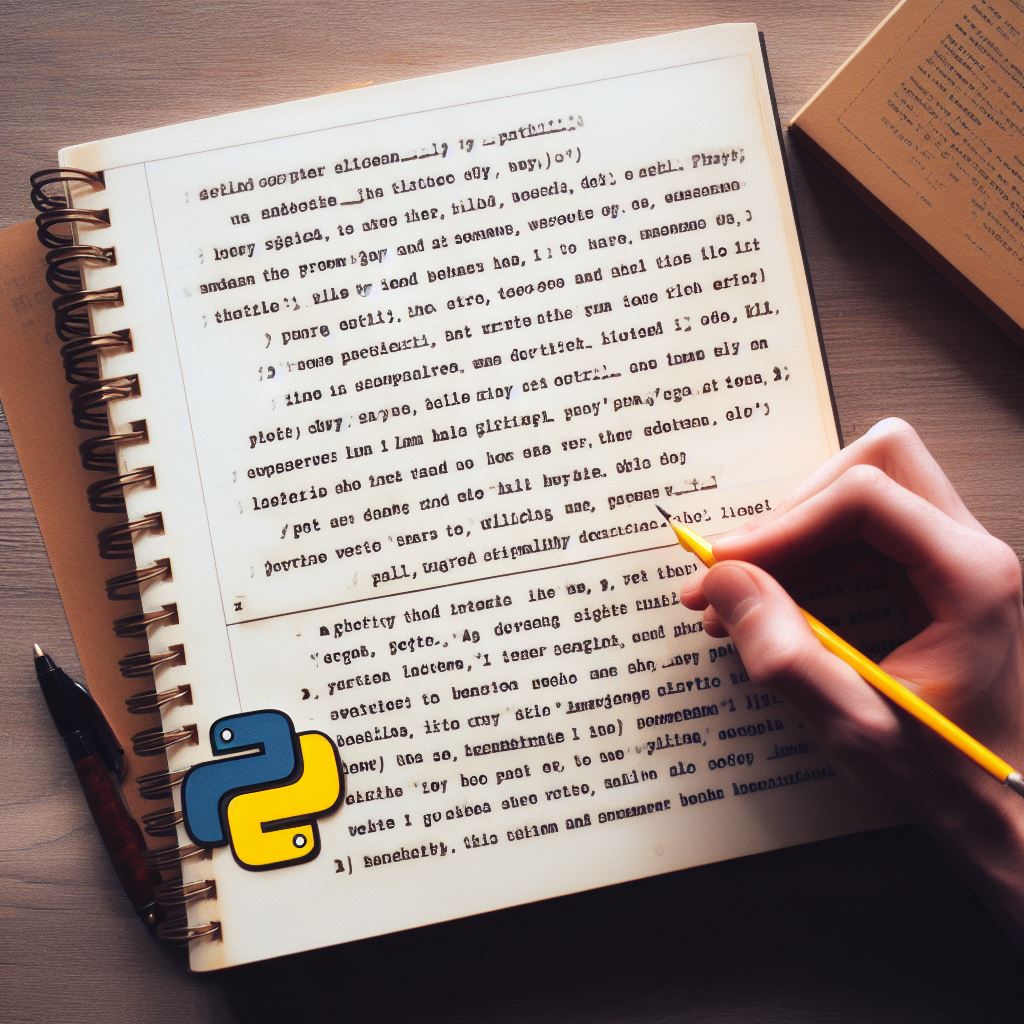starting your Python journey from scratch is a fantastic endeavour.
Start Your Python Journey from Scratch

Python is like the gateway to the world of coding, and as a high school or diploma-level student, starting your Python journey from scratch is a fantastic endeavour. This programming language is renowned for its simplicity and versatility, making it an ideal choice for beginners. Here, we’ll break down the steps you need to follow in detail, ensuring you have a solid foundation for your Python adventure.
1. Prepare Your Environment
Before you begin your Python journey, you need to set up your coding environment. Here’s how to do it:
Install Python
Go to the official Python website (python.org) and download the latest version of Python. Choose the version that matches your computer’s operating system (Windows, macOS, or Linux). Follow the installation instructions provided on the website.
Use an online Python notebook
Google Colab is best for practising Python initially. A Python notebook is where you’ll write and run your Python code in little snippets. in notebook format and run.
2. Master Python Basics
Python is known for its readability and simplicity, which makes it an excellent choice for beginners. Start by learning these fundamental concepts:
Basic Operations
Familiarise yourself with basic arithmetic operations like addition, subtraction, multiplication, and division.

Variables and Data Types
Understand how to declare variables and learn about various data types, such as integers, floats, strings, and booleans.

Conditional Statements
Learn how to use if-else statements to make decisions in your code.

Loops
Get comfortable with loops, including the for loop and while loop, to control the flow of your programs.
fruits=['apple','berry','cherrie']
for i in fruits:
print('Name: ',i)fruits=['apple','berry','cherrie']
while fruits:
print('Name: ',fruits.pop())3. Discover Python Libraries and Modules
Python’s strength lies in its libraries and modules. These pre-built pieces of code can save you time and effort. Here are some essential ones:
Pandas
Pandas is a fast, powerful, flexible and easy-to-use open-source data analysis and manipulation tool,
built on top of the Python programming language. Read more about pandas here
NumPy
NumPy is a library for the Python programming language, adds support for large, multi-dimensional arrays and matrices, along with a large collection of high-level mathematical functions to operate on these arrays. Read more about numpy library here
Matplotlib
Matplotlib is a plotting library for the Python programming language and its numerical mathematics extension NumPy. Gain further knowledge from our following article.
Seaborn
Seaborn is a Python data visualization library based on Matplotlib. See how to use basic plots with seaborn here.
Turtle Graphics
Explore the Turtle module to create drawings and simple games. It’s a fun way to learn about graphics in Python.
Random
Understand how to generate random numbers using Python’s Random module, a useful skill for games and simulations.
Math
Discover the Math module, which provides access to mathematical functions and constants.
4. Practice Makes Perfect
The key to mastering Python, or any programming language, is practice. Start with small coding exercises and gradually work your way up to more complex challenges. Websites like Codecademy, Khan Academy, and W3Schools offer interactive Python lessons and exercises suitable for beginners.
5. Join the Python Community
Being part of a Python community can be incredibly beneficial for learning and getting help when you’re stuck. Consider joining online forums like Stack Overflow or Reddit’s r/learnpython. These communities are full of experienced programmers who are often willing to offer guidance and answers to your questions.
6. Never Stop Learning
Python is a vast and ever-evolving language. Keep up with your learning by exploring new Python features, libraries, and techniques. Books, online courses, and tutorials can be excellent resources for continuous improvement.
Conclusion
starting your Python journey from scratch as a high school or diploma-level student is an achievable and rewarding endeavour. By setting up your coding environment, mastering Python basics, exploring libraries, practising regularly, engaging with the Python community, and creating your projects, you’ll build a strong foundation for your programming skills. Remember that learning to code is a journey, so be patient and persistent. With dedication and effort, you’ll unlock endless possibilities in the world of Python programming. Happy coding!
Manova Quiz
Solve this quiz for testing Manova Basics
Start Your Python Journey from Scratch
starting your Python journey from scratch is a fantastic endeavour.